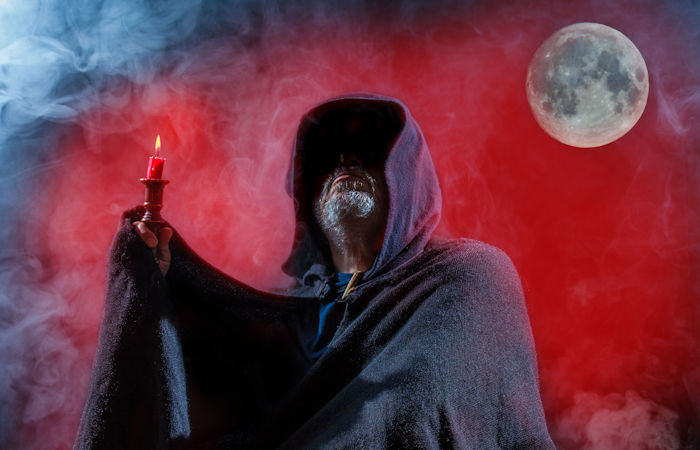Brahan Seer – A Legendary Scottish Nostradamus
A. Sutherland - AncientPages.com - There is an old legend that is still very much alive. It is about a Seer of the Clan Mackenzie, known as Coinneach, the Brahan Seer, who lived in the 17th Century and made several prophecies that have come true (including oil discovery in the North Sea).
Uig, Isle of Lewis. Brahan Seer was probably born near Uig, on the Isle of Lewis, the northernmost island of the Outer Hebrides, of Scotland's northern coast, and worked as a farm laborer on the Brahan estates; home to the powerful Seaforth MacKenzies, a clan of the Scottish nobles.
'Brahan Seer,' Scotland's most famous prophet, lived in the 17th Century.
He was probably born near Uig, on the Isle of Lewis, the northernmost island of the Outer Hebrides, of Scotland's northern coast, and worked as a farm laborer on the Brahan estates; home to the powerful Seaforth MacKenzies, a clan of the Scottish nobles.
Many of his prophecies originate from the place owned by the Mackenzies, who probably descended from the ancient royal house of Lorn. The clan held lands in Ross-shire, stretching from the Outer Hebrides in the west to the Black Isle in the east.
Brahan Seer lived around the same time as the famous Nostradamus, often compared to him. However, many of the predictions attributed to the Scottish Seer are literal and straightforward and not cloaked in word games, riddles, and allegory as those of Nostradamus.
Curiously, many of Brahan See's predictions have come true with a high degree of accuracy. He could predict futuristic events.
Legend has it that he gained his gift of 'Second Sight' after napping on a fairy hill and finding a small, blue, black stone with a hole in its center in his coat. This stone allowed him to view the future.
Legend has it that he gained his gift of ‘Second Sight’ after napping on a fairy hill and finding a small, blue and black stone with a hole in its center, in his coat. This stone allowed him to view the future. Credit: Adobe Stock - Rainer Fuhrmann
He reportedly foretold of the Battle of Culloden in 1745. He spoke of "streams of fire and water" running beneath the streets of Inverness and into every home. In the 19th Century, gas and water pipes fulfilled this prediction.
His predictions included World War II when he said, "when it is possible to cross the River Ness dryshod in five places, a frightful disaster would strike the whole world.." and the making of the Caledonian Canal in 1822:
"The time will come when full-rigged ships will be seen sailing eastwards and westwards by the back of Tomnahurich, near Inverness."
The Seer told of a time when Scotland would again have its own Parliament. He foretold this when men could walk dry-shod from England to France. In 1994, the Channel Tunnel opened. A few years later, the first Scottish Parliament since 1707 took its seats.
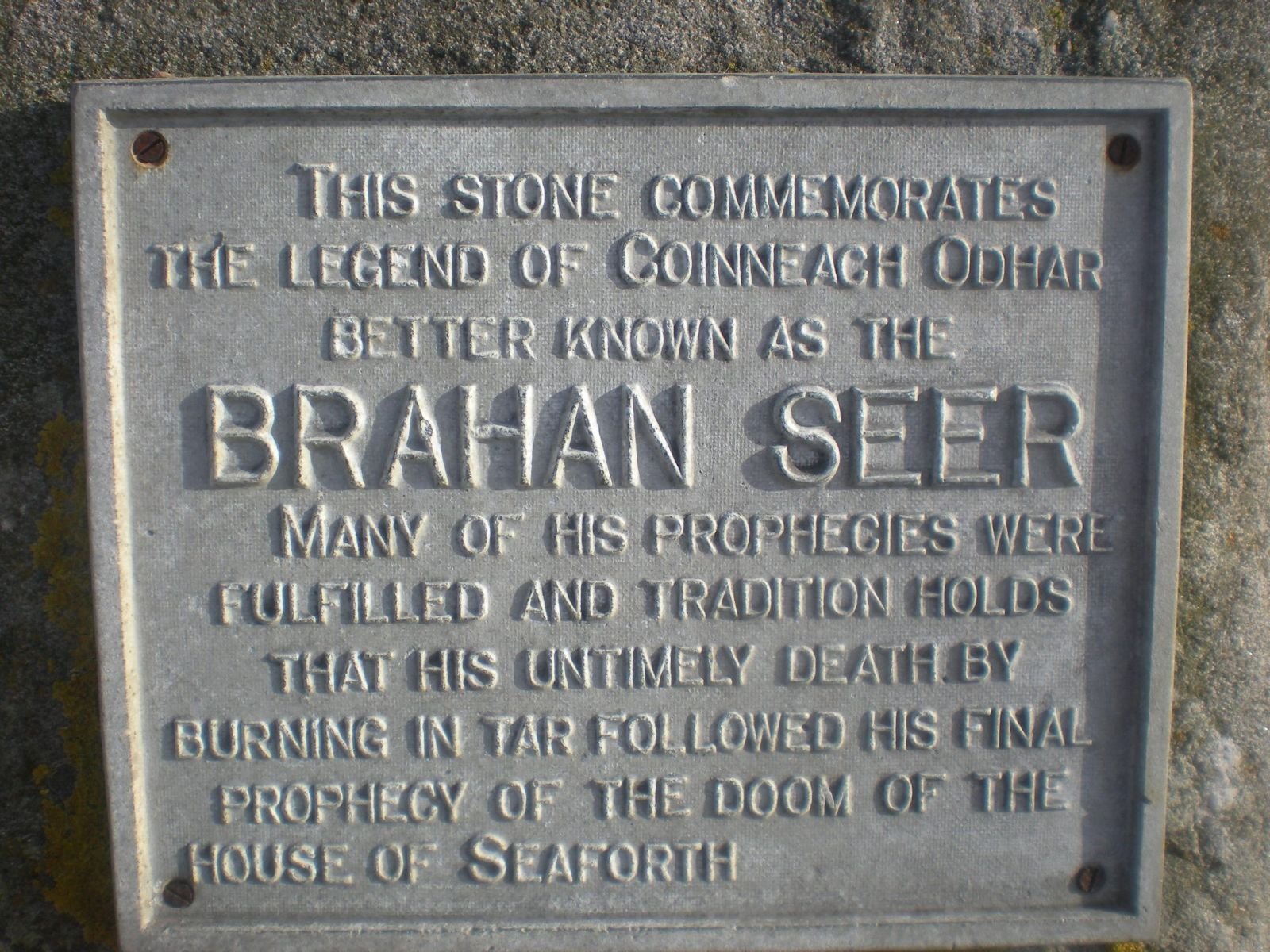 The seer was put to death in a barrel of tar close to where the Chanonry Point lighthouse on the Black Isle is today.
The seer was put to death in a barrel of tar close to where the Chanonry Point lighthouse on the Black Isle is today.
He predicted the doom of the noble Mackenzie family who had him executed: the last male heir of this line would be deaf. In the 19th Century, this came true, as the last of the Mackenzies lost his hearing in his youth.
He also predicted that the lands of Kintail, in the County of Ross, would be sold, and the male line becomes extinct." This prophecy was well known in the north long before its fulfillment and was certainly not made after the event.
Legend has it that, unfortunately for the Seer, the accuracy and precision of his bizarre eventually became his downfall.
The Seer was put to death in a barrel of tar close to where the Chanonry Point lighthouse on the Black Isle is today.
While the Earl was away in Paris, his wife Isabella called for the Brahan Seer to tell her about her husband. The Seer seemed reluctant to give any information, but finally, he said that her husband was on his knees in front of a beautiful French lady. It was too much for Lady Isabella, who became furious and threw the poor Seer thrown into a barrel of tar. As he was being dragged off to meet his terrible fate, he made his last and most ominous prediction as a curse on the family of MacKenzie:
"The line of Seaforth will come to an end in sorrow. I see the last head of his house both deaf and dumb. He will be the father of four fair sons, all of whom he will follow to the tomb. He will live careworn and die mourning, knowing that the honors of his line are to be extinguished forever, that no future chief of the Mackenzies shall bear rule at Brahan or in Kintail."
In 1783, Francis Humberston Mackenzie inherited the title. He was indeed deaf and mute due to a childhood attack of scarlet fever. He had four children, all of whom died prematurely, fulfilling the final prophecy.
Many of his prophecies were fulfilled, and tradition holds that his death by burning in tar followed his final prediction of the doom of the House of Seaforth."
Did the Scottish prophet exist? Was he burned to death, as the legend says? Is the story of the Brahan Seer only a deeply rooted tale that survived until today?
No contemporary or historical records of any such person ever exist; there are only oral tales passed down through generations, which still have great value for the Scottish people.
To this day, the Brahan Seers' predictions are remembered in this part of the mysterious Scottish highlands.
Written by – A. Sutherland AncientPages.com Staff Writer
Updated on January 14, 2024
Copyright © AncientPages.com All rights reserved. This material may not be published, broadcast, rewritten or redistributed in whole or part without the express written permission of AncientPages.com
Expand for referencesMore From Ancient Pages
-
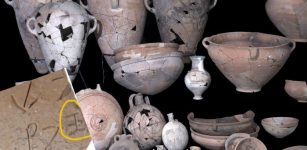 Canaanite Temple Dated To 12th Century BC Unearthed At Lachish, Israel
Archaeology | Feb 19, 2020
Canaanite Temple Dated To 12th Century BC Unearthed At Lachish, Israel
Archaeology | Feb 19, 2020 -
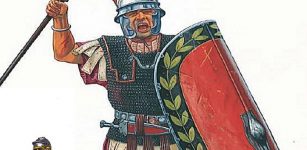 What Was Legio Martia And Why Were The Roman Soldiers Called The Martians?
Ancient History Facts | Jan 5, 2018
What Was Legio Martia And Why Were The Roman Soldiers Called The Martians?
Ancient History Facts | Jan 5, 2018 -
 The Tuli Mummy: Botswana’s Only Ancient Mummified Human Body Discovered So Far
Ancient History Facts | Oct 14, 2016
The Tuli Mummy: Botswana’s Only Ancient Mummified Human Body Discovered So Far
Ancient History Facts | Oct 14, 2016 -
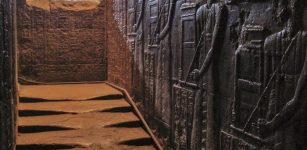 What Happened To The Staircase In The Temple Of The Goddess Hathor?
Civilizations | Mar 9, 2017
What Happened To The Staircase In The Temple Of The Goddess Hathor?
Civilizations | Mar 9, 2017 -
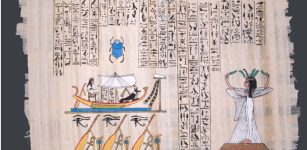 16 Meters Long Ancient Papyrus With Spells From The Book Of The Dead Found In Saqqara
Archaeology | Jan 19, 2023
16 Meters Long Ancient Papyrus With Spells From The Book Of The Dead Found In Saqqara
Archaeology | Jan 19, 2023 -
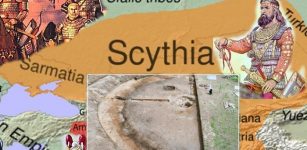 2,500-Year-Old Scythian Warrior Found In Untouched Grave In Siberian ‘Valley Of The Kings’
Archaeology | Jan 7, 2020
2,500-Year-Old Scythian Warrior Found In Untouched Grave In Siberian ‘Valley Of The Kings’
Archaeology | Jan 7, 2020 -
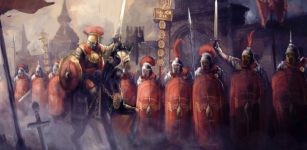 Did Crassus, Ancient Rome’s Wealthiest Man Really Die From Drinking Molten Gold?
Featured Stories | Feb 15, 2017
Did Crassus, Ancient Rome’s Wealthiest Man Really Die From Drinking Molten Gold?
Featured Stories | Feb 15, 2017 -
 On This Day In History: Agatha Christie Known As ‘Queen Of Crime’ Died – On Jan 12, 1976
News | Jan 12, 2017
On This Day In History: Agatha Christie Known As ‘Queen Of Crime’ Died – On Jan 12, 1976
News | Jan 12, 2017 -
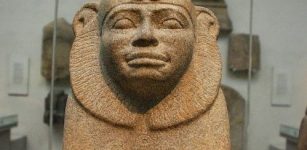 Taharqa – The Most Powerful Of The Black Pharaohs
Featured Stories | Jan 29, 2016
Taharqa – The Most Powerful Of The Black Pharaohs
Featured Stories | Jan 29, 2016 -
 Maori God Pourangahua And His Flying Bird Traversing The Ancient Skies
Featured Stories | Oct 4, 2015
Maori God Pourangahua And His Flying Bird Traversing The Ancient Skies
Featured Stories | Oct 4, 2015 -
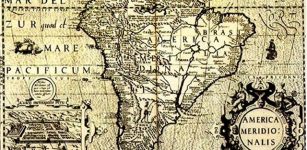 Ancient Enigma Of Mercator’s Amazing Map
Ancient Technology | May 4, 2015
Ancient Enigma Of Mercator’s Amazing Map
Ancient Technology | May 4, 2015 -
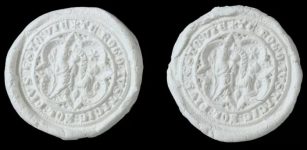 ‘Completely Unique’ Seal Matrix Found Near Norwich, UK
Archaeology | Dec 1, 2023
‘Completely Unique’ Seal Matrix Found Near Norwich, UK
Archaeology | Dec 1, 2023 -
 Were Other Humans The First Victims Of The Sixth Mass Extinction?
Evolution | Nov 1, 2023
Were Other Humans The First Victims Of The Sixth Mass Extinction?
Evolution | Nov 1, 2023 -
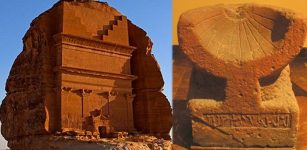 Mada’in Saleh: Spectacular Rock-Cut Tombs And Monuments Reflect Great Skills Of Nabataean Builders
Featured Stories | Aug 18, 2020
Mada’in Saleh: Spectacular Rock-Cut Tombs And Monuments Reflect Great Skills Of Nabataean Builders
Featured Stories | Aug 18, 2020 -
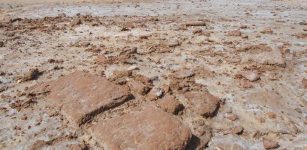 Ancient Trade Routes Between Iran And Mesopotamia – Uncovered
Archaeology | Dec 4, 2015
Ancient Trade Routes Between Iran And Mesopotamia – Uncovered
Archaeology | Dec 4, 2015 -
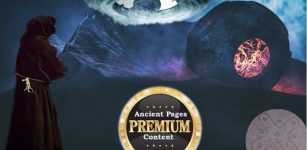 Dangerous Anomaly Inside Mysterious European Mountain Remains Unexplained – Examining Evidence – Part 2
Featured Stories | Mar 17, 2021
Dangerous Anomaly Inside Mysterious European Mountain Remains Unexplained – Examining Evidence – Part 2
Featured Stories | Mar 17, 2021 -
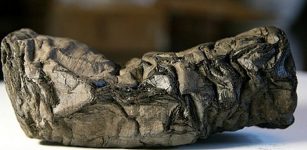 2,000-Year-Old Herculaneum Scrolls Will Be Unwrapped And Deciphered
Archaeology | Oct 8, 2019
2,000-Year-Old Herculaneum Scrolls Will Be Unwrapped And Deciphered
Archaeology | Oct 8, 2019 -
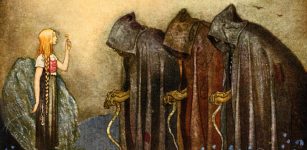 The Norns – Shapers Of Destiny Who Recorded Days In Person’s Life In Norse Mythology
Featured Stories | May 18, 2020
The Norns – Shapers Of Destiny Who Recorded Days In Person’s Life In Norse Mythology
Featured Stories | May 18, 2020 -
 Legend Of Gyanganj – Antediluvian City Of Immortal Sages That Can Only Be Found By The Chosen Ones
Featured Stories | Jul 29, 2017
Legend Of Gyanganj – Antediluvian City Of Immortal Sages That Can Only Be Found By The Chosen Ones
Featured Stories | Jul 29, 2017 -
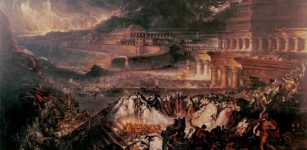 On This Day In History: Battle Of Nineveh Was Fought – On Dec 12, 627 AD
News | Dec 12, 2016
On This Day In History: Battle Of Nineveh Was Fought – On Dec 12, 627 AD
News | Dec 12, 2016


